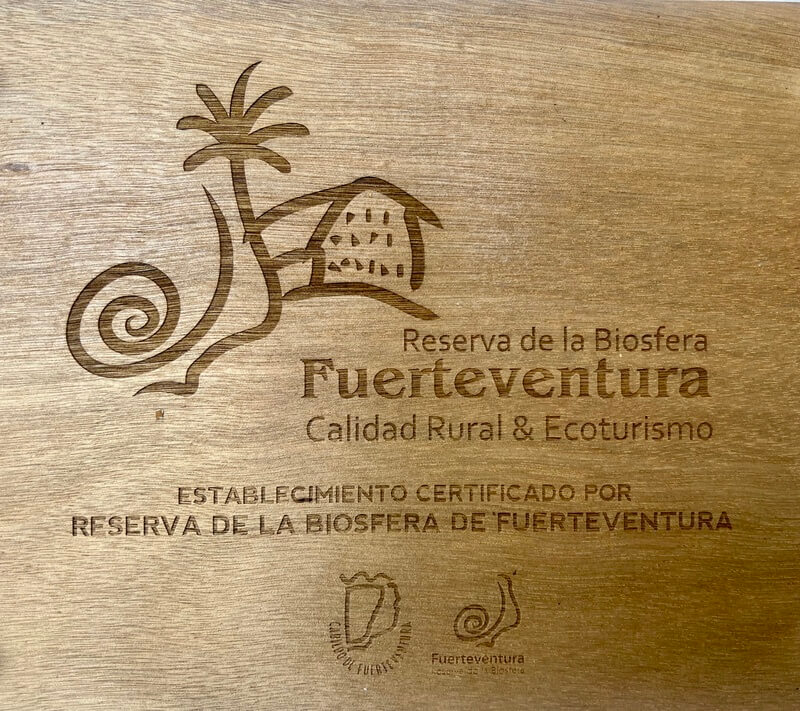The Squirrels of Fuerteventura

Small, fast, and bold, they have become real tourist attractions, photographed like stars.
Accustomed to seeing humans as food dispensers, they fearlessly approach, taking food directly from the hands of those offering it.
Sometimes I think about how brave they are: from the perspective of their small stature, they must see us as huge, clumsy, and noisy creatures, a hundred times larger than them.
Yet, despite this, they don’t hesitate to come near us, succumbing to the temptations of their appetite.
Squirrels have to defend themselves against crows and many species of birds of prey that watch over these “up-close encounters between humans and squirrels,” ready to take advantage of a moment of distraction to secure a meal.
African Squirrels in Fuerteventura
Also known as “Ardilla Moruna,” the squirrels found in Fuerteventura are called “Atlantoxerus getulus,” and they are not a native species of Fuerteventura but rather originate from North Africa.
They are rather small, with a body length of up to 23 cm, and they have coarse, long fur in shades of grey, dark brown, and light brown.
They are perfectly capable of blending into the desert environment, accustomed to living in extremely arid climates, they have learned to nest by digging burrows in the gravel, which is why they have very long nails.
They can adapt to the dry climate and take advantage of the many stone walls in Fuerteventura to reproduce very rapidly.
Fuerteventura is a Biosphere Reserve
UNESCO has designated Fuerteventura as a “Biosphere Reserve,” a qualification that defines “areas of terrestrial, coastal, and marine ecosystems where – thanks to appropriate land management – ecosystem conservation and biodiversity are promoted through the sustainable use of natural resources for the benefit of local communities.”
Squirrels threaten the conservation of the delicate balance of this island because their presence disrupts the natural ecosystem by competing with the native fauna species of Fuerteventura, such as wild rabbits and the “Musaraña canaria“, a mouse known as the “ratón de hocico largo” for its long and narrow snout. These species have timid and fearful behaviour.
Protecting the Squirrels of Fuerteventura
In nature, squirrels feed on fruits, seeds, shrubs, and insects. Cooked and processed food is unnatural and very harmful to them.
The lively and fearless nature of squirrels leads them to constantly ask humans for food, and people feed them forgetting that these cute little animals are actually rodents, or “rats with an attractive tail,” and they can bite or spread infections.
While amused tourists immortalise themselves by offering them bread, cookies, and all kinds of processed food, the squirrels gnaw and gorge on dry foods without realising that, given the very limited amount of water available to them, they will have a hard time quenching their thirst when they need to.
For this reason, there are signs prohibiting feeding squirrels placed at every scenic spot in Fuerteventura, unfortunately only respected by a few.
Alma Calma Hotel Rural is certificaded from Fuerteventura Biosphere Reserve
Here at Alma Calma Hotel Rural, we respect the environment and sustainability in every possible way. We know that the landscape is our treasure, and for their well-being, we kindly ask you not to feed the squirrels.
If you really want to interact with them, offer them water instead of food.
Click here and discover the “good practices” of Alma Calma Hotel Rural for the development of local commerce and respect for the environment!

